Content Menu
● Understanding Different Types of Men's Swimwear
● Factors to Consider When Choosing Men's Swimwear
>> 1. Body Type
>> 2. Intended Use
>> 3. Personal Style
>> 4. Fabric and Quality
>> 5. Fit and Comfort
>> 6. Color and Pattern
● Tips for Choosing and Caring for Your Swimwear
● Video Guide: Choosing the Perfect Men's Swimwear
● Conclusion
● Frequently Asked Questions
>> 1. Q: How often should I replace my swimwear?
>> 2. Q: Can I wear my swim trunks as regular shorts?
>> 3. Q: How do I know if my swimwear fits correctly?
>> 4. Q: Are there any styles of men's swimwear that are universally flattering?
>> 5. Q: How can I prevent my swimwear from fading?
When the sun is shining and the water is calling, having the right swimwear is essential for any man looking to make a splash. Whether you're planning a beach vacation, lounging by the pool, or participating in water sports, choosing the perfect swimwear can make all the difference in your comfort and confidence. In this comprehensive guide, we'll dive into everything you need to know about selecting the ideal men's swimwear for your body type, lifestyle, and personal style.
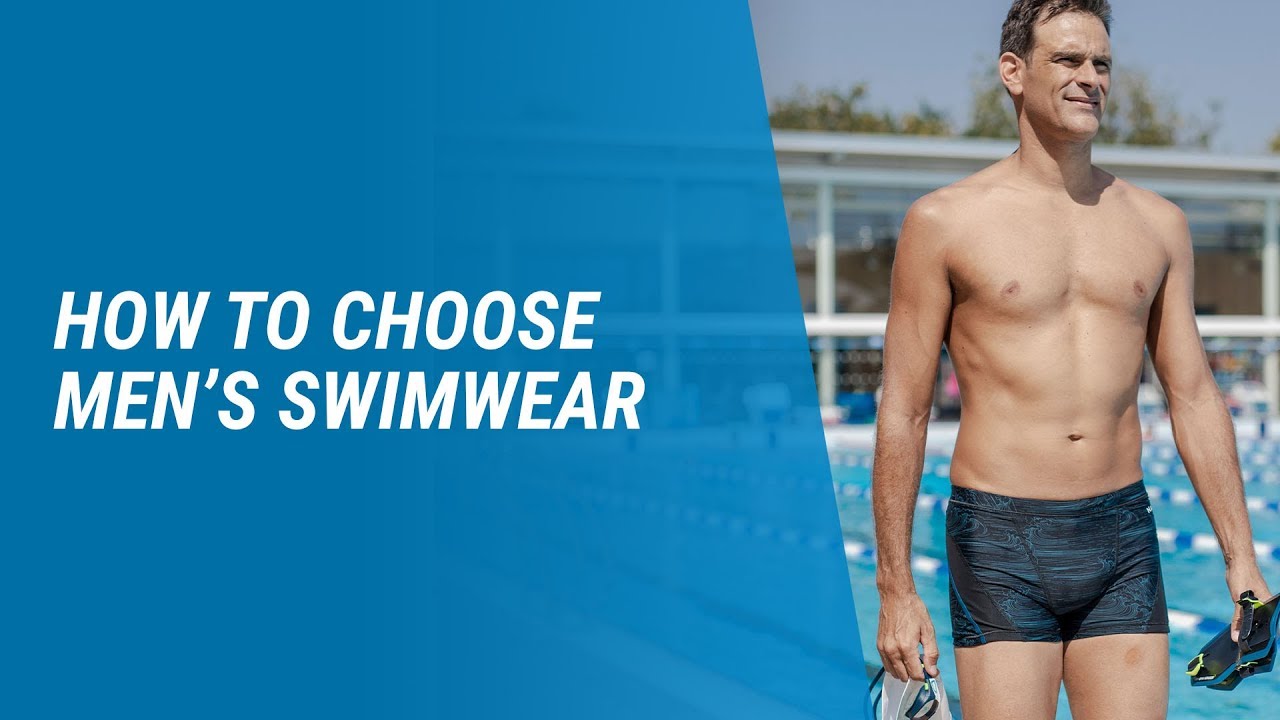
Understanding Different Types of Men's Swimwear
Before we plunge into the specifics of choosing the right swimwear, let's familiarize ourselves with the various styles available:
1. Swim Trunks: The most common type of men's swimwear in North America, swim trunks resemble regular shorts but are made from quick-drying materials. They typically fall at mid-thigh length and feature an elastic waistband with a drawstring.

2. Board Shorts: Originally designed for surfers, board shorts are longer than traditional swim trunks, often reaching the knee or below. They're known for their durability and often feature bold patterns or colors.
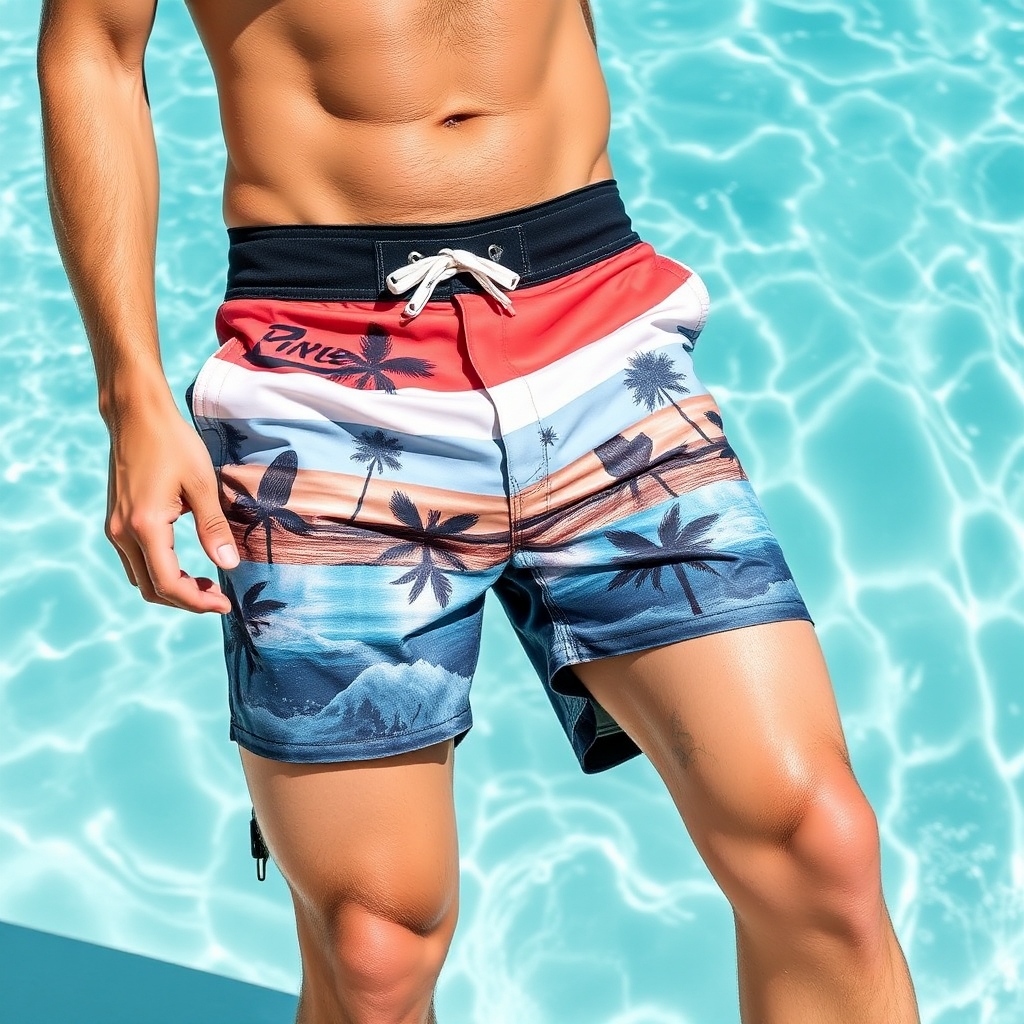
3. Briefs: Also known as "speedos," these are the most form-fitting option. They offer minimal coverage and are popular among competitive swimmers and those who prioritize freedom of movement.
4. Square-Cut Shorts: A hybrid between briefs and trunks, square-cut shorts provide more coverage than briefs but less than trunks. They're form-fitting and often favored by those with athletic builds.
5. Jammers: Similar to cycling shorts, jammers extend from the waist to just above the knee. They're primarily used by competitive swimmers for their hydrodynamic properties.
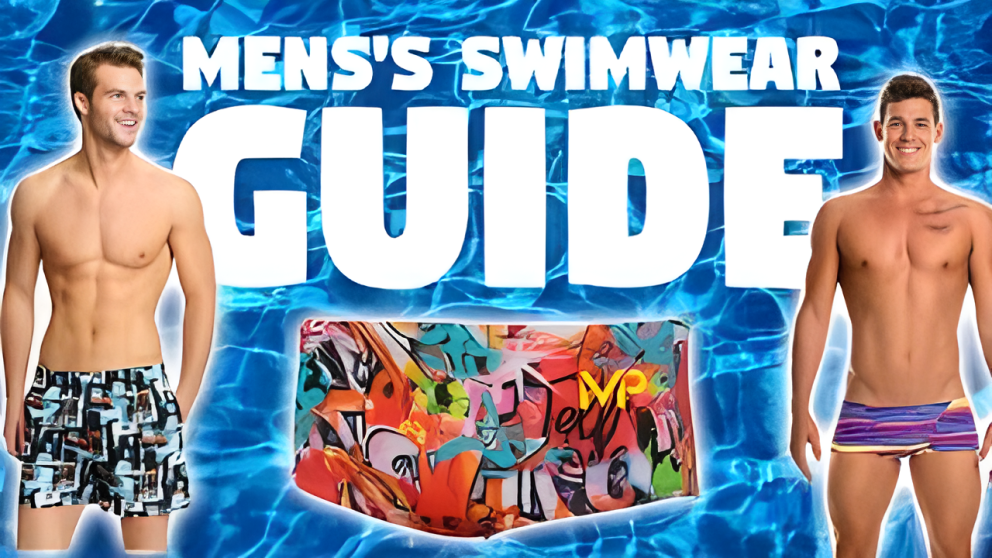
Factors to Consider When Choosing Men's Swimwear
Now that we're familiar with the different styles, let's explore the key factors to consider when selecting your perfect swimwear:
1. Body Type
Your body shape plays a crucial role in determining which swimwear styles will flatter you most:
- Athletic Build: If you have a muscular physique, you can pull off most styles. Fitted trunks or square-cut shorts can showcase your physique.
- Slim Build: Opt for swimwear with horizontal stripes or bold patterns to create the illusion of a broader frame. Avoid overly baggy styles that might make you appear smaller.
- Larger Build: Choose darker colors and vertical stripes to create a slimming effect. Avoid tight-fitting styles and opt for well-fitted trunks that hit at mid-thigh.
- Short Stature: Select shorter trunks to elongate your legs. Avoid board shorts that might overwhelm your frame.
- Tall Build: You can pull off longer styles like board shorts. Vertical stripes can further accentuate your height.
2. Intended Use
Consider the activities you'll be engaging in while wearing your swimwear:
- Casual Swimming: Traditional swim trunks or board shorts are suitable for leisurely pool or beach days.
- Water Sports: If you're into surfing, wakeboarding, or other active water sports, opt for board shorts or performance-oriented swimwear that offers more coverage and stays in place during vigorous movement.
- Competitive Swimming: For lap swimming or competitions, jammers or briefs are the most appropriate choices due to their hydrodynamic properties.
- Sunbathing: If your primary goal is to soak up the sun, shorter styles like briefs or square-cut shorts can help minimize tan lines.
3. Personal Style
Your swimwear should be an extension of your personal style:
- Classic: Solid colors or subtle patterns in traditional trunk styles are timeless choices.
- Trendy: Bold prints, vibrant colors, and unique cuts can make a fashion statement.
- Sporty: Performance-oriented swimwear with sleek designs and technical fabrics cater to the athletically inclined.
- Retro: Vintage-inspired prints and cuts can add a touch of nostalgia to your beach look.
4. Fabric and Quality
The material of your swimwear affects both comfort and durability:
- Quick-Drying: Look for synthetic materials like nylon or polyester that dry quickly to prevent chafing and discomfort.
- UV Protection: Some swimwear comes with built-in UV protection, which is especially beneficial for long days in the sun.
- Chlorine Resistance: If you frequently swim in pools, choose chlorine-resistant fabrics to prevent fading and deterioration.
- Lining: Ensure your swimwear has a good quality lining for comfort and modesty, especially when wet.
5. Fit and Comfort
The right fit is crucial for both appearance and comfort:
- Waistband: Choose a waistband that sits comfortably on your hips without digging in or sliding down.
- Length: The length should complement your body type and adhere to any dress codes of the places you'll be visiting.
- Range of Motion: Ensure you have enough flexibility to move comfortably, especially if you plan on being active.
6. Color and Pattern
The visual aspect of your swimwear can significantly impact your overall beach or pool look:
- Solid Colors: Classic and versatile, solid colors are easy to mix and match with other beachwear.
- Patterns: From tropical prints to geometric designs, patterns can add personality to your swimwear.
- Contrast: Consider how the color of your swimwear contrasts with your skin tone for a flattering effect.
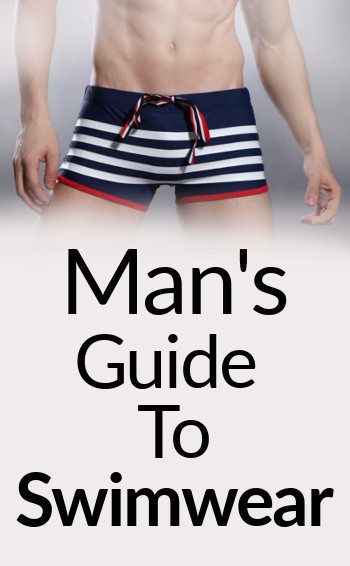
Tips for Choosing and Caring for Your Swimwear
To help you make the most of your swimwear purchase and ensure its longevity, consider these additional tips:
1. Try Before You Buy: Always try on swimwear before purchasing to ensure a comfortable fit. Move around, sit down, and simulate swimming motions to test for comfort and coverage.
2. Consider Your Destination: If you're traveling, research local customs and dress codes to ensure your swimwear is appropriate for the location.
3. Invest in Quality: While it might be tempting to opt for cheaper options, investing in high-quality swimwear can save you money in the long run as it will last longer and maintain its shape better.
4. Proper Care: Rinse your swimwear in fresh water after each use, especially after exposure to chlorine or saltwater. Avoid wringing or twisting the fabric, and always air dry away from direct sunlight.
5. Rotate Your Swimwear: If you swim frequently, consider having multiple pairs to rotate. This allows each pair time to fully dry and recover its shape between uses.
6. Accessorize Wisely: Complete your beach look with appropriate accessories like a good pair of sunglasses, a hat for sun protection, and comfortable sandals or water shoes.
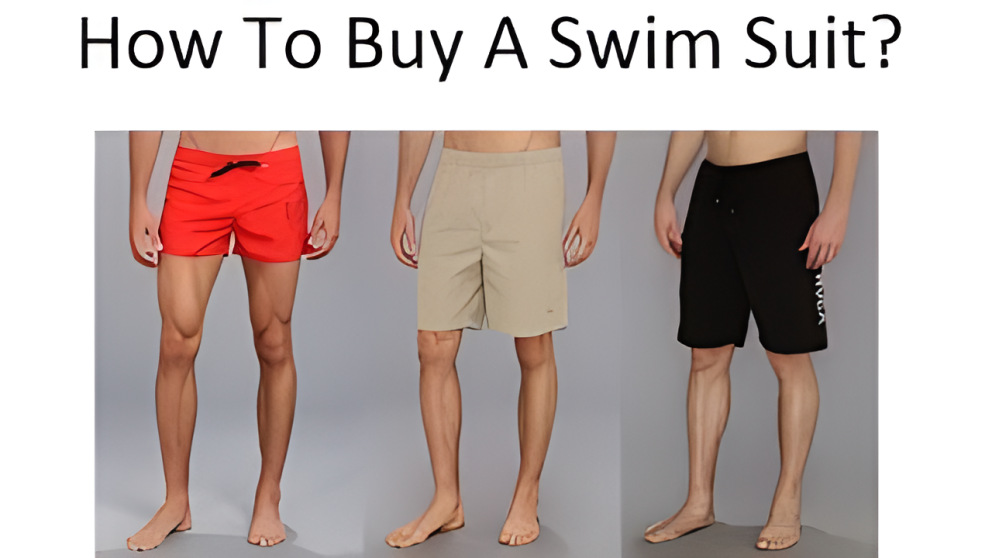
Video Guide: Choosing the Perfect Men's Swimwear
For a visual guide on selecting the right swimwear, check out this informative video:
This comprehensive video guide offers additional insights and tips on choosing the perfect men's swimwear for your needs.
Conclusion
Choosing the right men's swimwear is about more than just picking a pair of shorts to wear in the water. It's about finding a style that complements your body type, suits your activities, and reflects your personal style. By considering factors such as fit, fabric, and function, you can select swimwear that not only looks great but also performs well and lasts longer.
Remember, confidence is the best accessory you can wear with your swimwear. Choose a style that makes you feel comfortable and self-assured, and you'll be ready to make a splash wherever your aquatic adventures take you.
Frequently Asked Questions
1. Q: How often should I replace my swimwear?
A: The lifespan of swimwear depends on how frequently it's used and how well it's cared for. On average, with regular use and proper care, good quality swimwear can last 1-2 years. If you notice fading, stretching, or deterioration of the fabric, it's time to replace your swimwear.
2. Q: Can I wear my swim trunks as regular shorts?
A: While many swim trunks are designed to look like regular shorts, it's best to keep them separate. Swimwear fabric is designed for water use and may not be as comfortable or appropriate for everyday wear. Additionally, using them as regular shorts can lead to faster wear and tear.
3. Q: How do I know if my swimwear fits correctly?
A: Properly fitting swimwear should feel snug but not tight. It should stay in place when you move without riding up or sliding down. For trunks and board shorts, you should be able to tie the waistband securely without creating a muffin top effect. The leg openings should allow for comfortable movement without being too loose.
4. Q: Are there any styles of men's swimwear that are universally flattering?
A: While personal preference plays a role, mid-length swim trunks (falling about mid-thigh) in a solid, dark color tend to be flattering on most body types. They provide a good balance of coverage and style without being too revealing or overwhelming.
5. Q: How can I prevent my swimwear from fading?
A: To minimize fading, rinse your swimwear in cool, fresh water immediately after use, especially after exposure to chlorine or saltwater. Avoid leaving wet swimwear in direct sunlight or in a damp pile. When washing, use a gentle cycle with cold water and a mild detergent designed for delicates. Always air dry your swimwear in the shade.







































